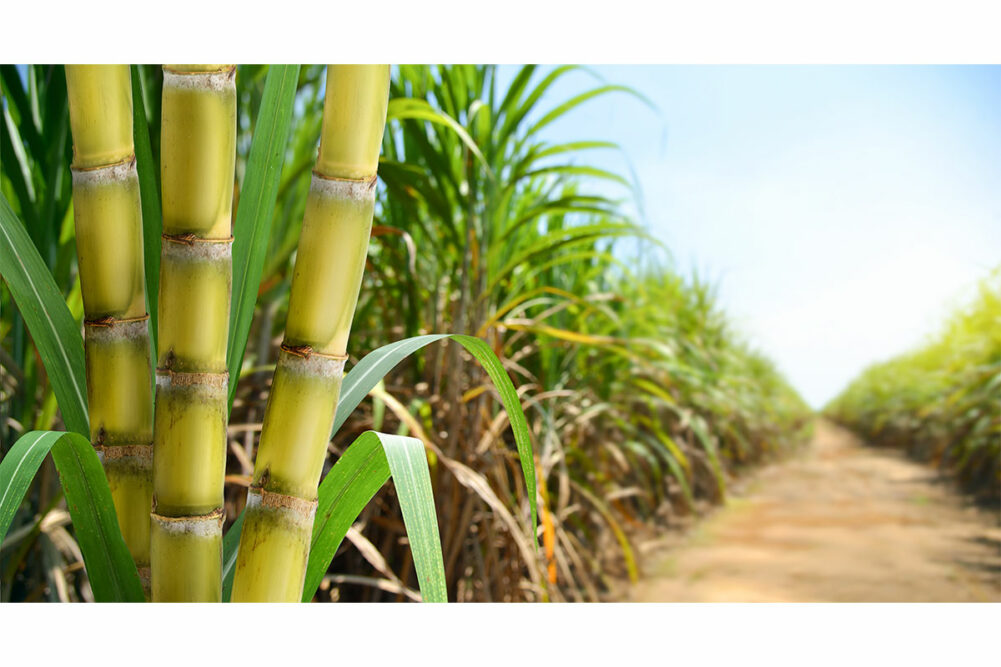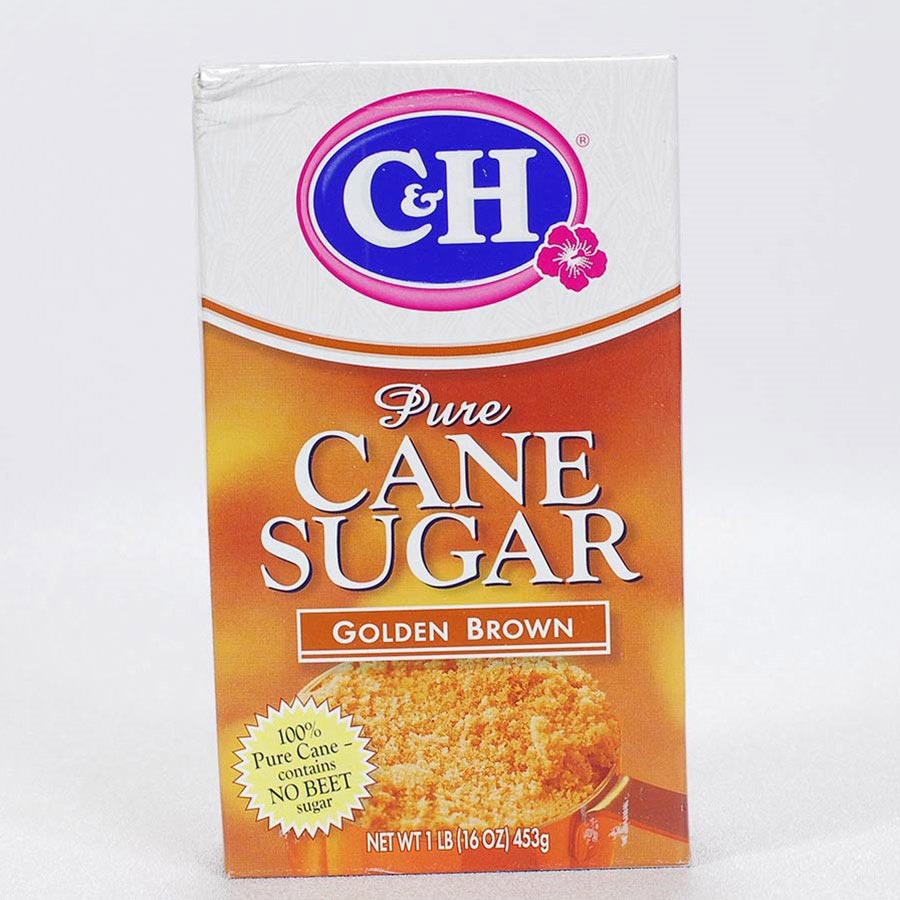Exploring the Comprehensive Tips Associated With Walking Cane Sugar Processing From Collecting to Improvement
The procedure of walking cane sugar manufacturing encompasses a series of complex steps, beginning with the mindful harvesting of sugarcane and finishing in the improvement phases that guarantee the end product satisfies industry requirements. Each stage, from the removal of juice to the purification and crystallization procedures, plays an essential duty in identifying the quality and character of the sugar. Comprehending these phases not only highlights the complexity of sugar production but likewise elevates critical concerns concerning efficiency, sustainability, and advancement in the sector. What implications do these factors have for future techniques?
Gathering Sugarcane
Gathering sugarcane is a vital action in the cane sugar handling chain, as it straight influences the high quality and return of the final item. Appropriate timing and techniques are vital throughout this phase to ensure optimal sugar content and minimize losses. Usually, sugarcane is harvested when it gets to maturation, typically 12 to 18 months after growing, defined by a high sucrose concentration.

Post-harvest, the sugarcane needs to be refined quickly to avoid sucrose deterioration. Ideally, gathered cane should be delivered to refining centers within 24 hours to protect sugar high quality. As a result, reliable logistical planning is essential to keep the honesty of the harvested plant throughout the supply chain.
Extraction Process

The crushed cane is subjected to a series of pushing operations to maximize juice healing. Usually, warm water is sprayed onto the smashed cane, creating a countercurrent flow that assists liquify the sugar while additionally helping in the removal process. The juice accumulated from this procedure has not only sugar however additionally different organic substances and contaminations.

To boost extraction efficiency, some centers might use diffusion techniques, where the sugarcane is saturated in warm water, permitting the soluble sugars to diffuse into the fluid. The resulting juice, rich in sucrose, is then guided to subsequent handling phases, laying the structure for filtration and refinement. The removal process is thus crucial in establishing the quality and yield of the final sugar product.
Filtration Techniques
The filtration methods used in walking cane sugar handling are necessary for transforming the raw juice right into a high-quality sugar product. These approaches mostly intend to remove impurities, such as soil, plant products, and not natural compounds, which can detrimentally impact the final item's flavor and color.
One of one of the most common purification methods is explanation. This process involves adding lime and warmth to the raw juice, which promotes the coagulation of pollutants. The resulting precipitate is then eliminated via sedimentation or purification, producing a more clear juice. In addition, making use of phosphoric acid can improve the explanation procedure by further binding impurities.
An additional considerable method is carbonatation, where co2 is presented to the made clear juice. This response produces calcium carbonate, which records remaining contaminations and advertises their elimination.
In addition, activated carbon therapy may be related to adsorb any type of continuing to be colorants and natural impurities, ensuring a much more polished product. The mix of these methods successfully prepares the sugar juice for succeeding steps in the refining process, establishing the stage for the manufacturing of high-quality cane sugar.
Crystallization Techniques
After the purification phase, the following vital action in walking stick sugar handling includes crystallization approaches, which play a crucial role in changing the cleared up juice right into solid sugar. This process normally have a peek at these guys utilizes 2 main methods: spontaneous crystallization and regulated formation.
In spontaneous crystallization, supersaturated sugar options are enabled to cool naturally, bring about the development of sugar crystals gradually. This technique is simpler however might lead to unequal crystal dimensions and reduced pureness degrees. On the various other hand, regulated formation is a more specific strategy where seeding, concentration, and temperature agents are meticulously taken care of. This technique permits the consistent growth of sugar crystals and higher purity.
Throughout formation, the made clear juice is concentrated with dissipation, boosting its sugar material until it gets to supersaturation. When this factor is attained, either method can facilitate the crystallization process. Cane Sugar Processing. The resultant sugar crystals are after that separated from the continuing to be syrup via centrifugation
Ultimately, the selection of condensation technique impacts the high quality, dimension, and purity of the final sugar product, making this step essential in the overall walking stick sugar processing procedure.
Refinement and Packaging
How can the purity and quality of walking stick sugar be even more boosted after formation? The refinement process plays an important role in attaining top quality walking stick sugar.
Following, the sugar goes through a process called centrifugation, where it is rotated at high speeds to divide the purified sugar crystals from the staying fluid. After centrifugation, the sugar is typically more fine-tuned through a technique called carbonization or phosphatation, which uses triggered carbon or phosphoric acid to remove color and off-flavors.
Once fine-tuned, the sugar is dried out to accomplish the desired dampness material, ensuring that it continues to be secure throughout storage and transport. The last step includes packaging the refined sugar in closed and moisture-proof containers to keep its quality and avoid contamination. Cane Sugar Processing. Proper packaging not only prolongs life span however likewise helps with simple handling and distribution, ensuring that customers obtain sugar that meets the greatest criteria of pureness and click now top quality
Conclusion
The extensive steps included in walking stick sugar processing, from the precise harvesting of sugarcane to the elaborate refinement and product packaging phases, highlight the importance of each phase in guaranteeing top notch sugar manufacturing. Optimal harvesting methods, reliable removal methods, and rigorous filtration procedures collectively contribute to the last product's pureness and security. The formation and succeeding packaging practices additionally enhance the stability and service life of the sugar, highlighting the intricacy and precision inherent in this essential agricultural industry.
The More about the author process of walking cane sugar manufacturing incorporates a collection of complex steps, starting with the careful harvesting of sugarcane and finishing in the improvement stages that ensure the final item meets industry criteria. Preferably, harvested walking cane must be transferred to processing facilities within 24 hours to preserve sugar quality.In spontaneous condensation, supersaturated sugar solutions are allowed to cool down naturally, leading to the formation of sugar crystals over time - Cane Sugar Processing. The improvement procedure plays an essential duty in attaining high-quality walking stick sugar.The extensive steps included in cane sugar processing, from the precise harvesting of sugarcane to the elaborate improvement and packaging phases, underscore the value of each phase in making sure top notch sugar manufacturing